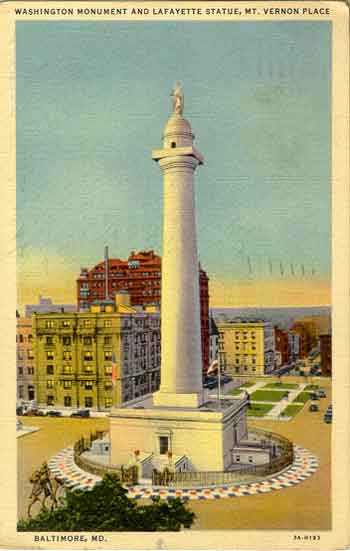

112 traditions in american design
Founding plan of Knoxville, 1791
Historians sometime speak of the three 'hearths' of American civilization, that from the beginnings have spread their own peculiar habits and manners westwards across the country. First New England, righteous, strait-laced and commercial-minded, expanding its ethos by settlement along the southern shores of the Great Lakes and into the upper Midwest. There is the South, rural and rural-minded, Celtic and aristocratic, holding fast to everything it inherited from old England that New Englanders left behind. The third lay in between these polar opposites, both geographically and in temperament. The 'Pennsylvania hearth', despite its idealistic beginnings in Penn's 'Holy Experiment' of Philadelphia, turned out the most common-sensical of the three, as it expanded down the Ohio Valley and into the Midwest prairies and plains. All three of these have made their contributions to the big American stew, as they developed their own recognizable strains of everything from politics to cuisine to architecture. Not surprisingly, all three have their distinctive reads on urban design. Here too, Pennsylvania's was the simplest and most superficially practical. We know it well already-the simple grid, with no frills except perhaps a central square, was most in tune with the rationalism and utilitarianism of the day, and it became the template for new settlements coast to coast. The tragedy for American cities was that superficial practicality won, that the cheapest and most dull-minded of the patterns on offer became the one universally accepted. It is especially unfortunate because New England and the South did once possess the beginnings of their own design traditions. By chance, these two traditions parallel the two poles of design, the formal and informal. The Southern colonies, with their gentlemen proprietors and cultivated royal governors, transplanted Baroque formal design into the New World. New England and New York, settled mostly by people who had been townsmen back in England, brought with them the informal, medieval manner. They are worth a look as the great might-have-beens of American city-building, but also perhaps as an inspiration for the future. |
|

|